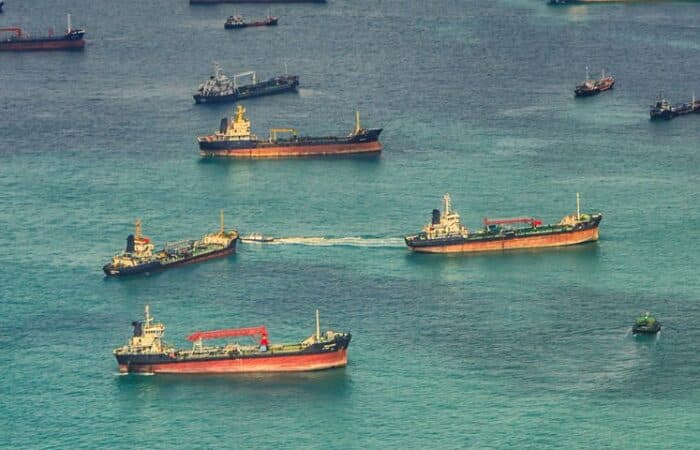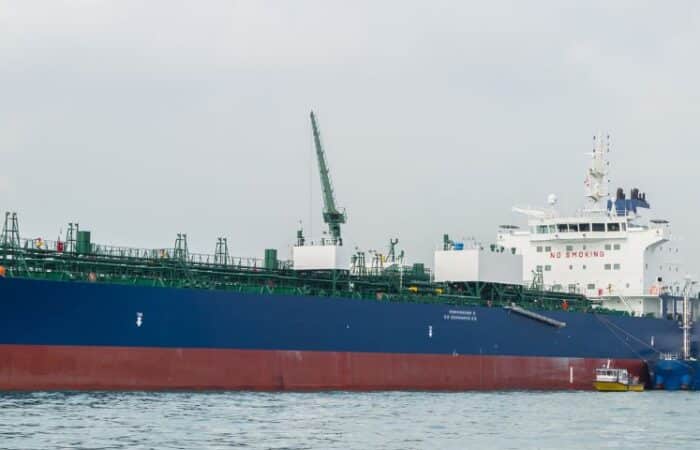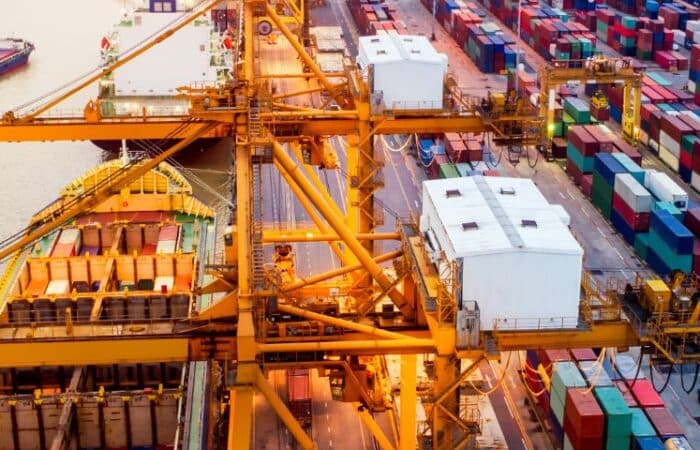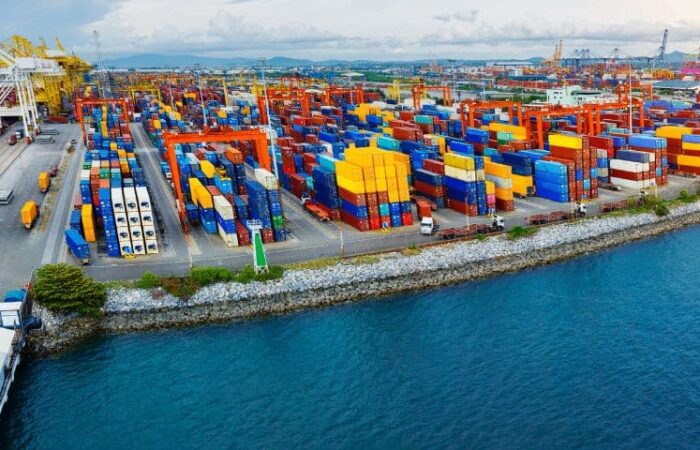Sanctions Screening
What is sanctions screening?
Sanctions screening is the process of checking whether an individual or entity is listed on a sanctions list, or watchlist. These lists are compiled by governments and recognized international organizations to identify individuals or entities subject to financial sanctions, or other restrictions, as a result of their actions or associations. Working with individuals or organizations that appear on a sanctions watchlist can result in significant fines, or other penalties.
Why is sanctions screening in the maritime industry important?
Due to the nature of the maritime shipping industry, vessels regularly travel through international waters and dock in multiple countries around the world. Sanctions screening helps companies ensure they are compliant with international sanctions and trade restrictions.
Sanctions screening is especially important because of the potential for goods and individuals to be illegally transported from one country to another. This means that there is a risk that vessels, cargo, and individuals associated with a shipping company could inadvertently violate sanctions, or trade restrictions.
Real-time sanctions screening helps lower this risk by enabling shipping companies to proactively identify and address potential violations before they occur. This can help protect the company from legal and reputational risks, and can also help prevent an organization from contributing to a global conflict, or supporting illicit activities.
Overall, sanctions screening is an important tool for ensuring compliance with international regulations and promoting responsible business practices in the maritime industry.
Compliance with maritime sanctions
Governments can impose sanctions on countries, groups, or individuals to protect their interests and international law. These typically focus on human rights violations and financial crimes, and if a company violates these sanctions, it can result in significant fines, or jail time.
Before a penalty is assessed, the government or government agency will conduct a thorough investigation into the violation. The penalty is based on the available evidence, the severity of the violations, and the shipper’s history of sanctions violations.
It is the shipping company’s responsibility to check the official sanctions list for any country they visit. The top international government organizations are:
- Office of Foreign Assets Control (OFAC): U.S.
- Office of Financial Sanctions Implementation (OFSI): UK
- European Union
- United Nations
- Australian Maritime Safety Authority
In addition to checking with each organization and country to ensure compliance, it’s important to follow Know Your Vessel (KYV) guidelines and run a thorough background check of the vessel and crew. Some of the factors to investigate include:
- Complete shipping routes
- Country and port where a vessel was flagged
- Origin and destination of goods being shipped
- Confirmation that individuals or organizations that appear on a sanctions watchlist won’t receive the shipped items
- Access to end-user certification
While some of this data can be difficult to verify, it’s the shipper’s responsibility to try and collect as much data as possible.
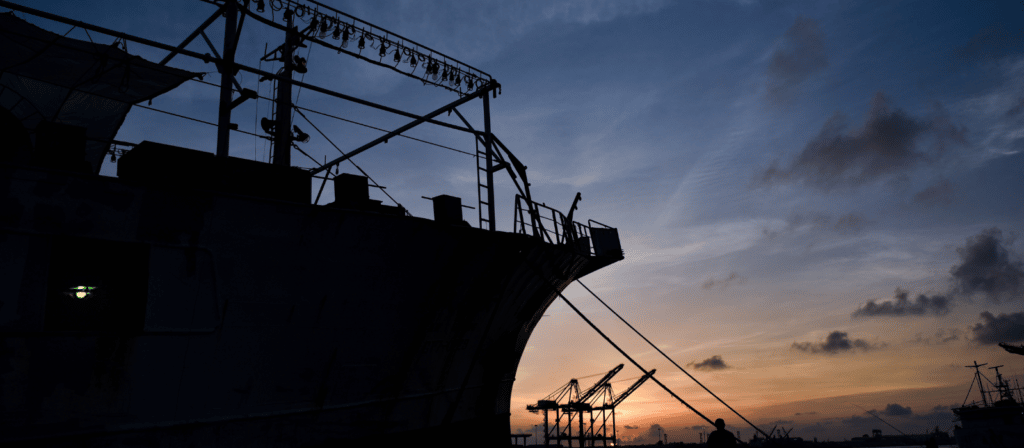
How to stay compliant and avoid sanctions
Staying up to date with all the different sanctions lists worldwide can be difficult. The ships and crews can come under multiple jurisdictions and must ensure compliance with Anti-Money-Laundering (AML) measures and sanctions to Combat the Financing of Terrorism (CFT).
The ideal approach is to have the latest sanctions screening tools. A powerful AI solution can scan the top data providers, such as LexisNexis, and inspect real-time behavioral data for any issues. It will flag potential sanctions violations, so organizations can handle them immediately. The system scans the shipping vessels and companies against major lists from OFAC, OFSI, UN, and EU, and reports on any sanctions, issues, or dealings they’ve had with different countries.
Once the data is compiled, shippers can evaluate the risk involved with a specific company, port, and vessel to ensure a high level of compliance.
What are the best practices for following maritime sanctions screening?
To avoid vessel sanctions, it’s important to have accurate real-time data of the who, what, when, and where of the ship’s journey. Some of the best practices that all companies should follow are as follows:
✔ Know the complete supply chain: not only should organizations know their customer (KYC), but also know the customer’s customers. This requires due diligence and investigating the third-party relationships to see if alerts are triggered.
✔ Scan the grey lists: part of the due diligence process should look through the grey list. It’s a publicly available list of ships and shipping companies that were indirectly involved in any maritime sanctions violations.
✔ Inspect a vessel’s AIS history: every reputable shipping vessel has an available Automatic Identification System (AIS) history form. It details where the ship traveled and docked, which can assist with determining risk assessment. While there are some instances where it’s acceptable for the AIS to be deactivated during the journey, it can also highlight an attempt to hide data from the client.
✔ Understand the 50% rule: the OFAC 50 percent rule blocks property and interests where a sanctioned party owns, or indirectly owns, at least 50% of the entity. This also includes multiple entities owning a combined 50%. For example, if two people on a sanctioned list each own 25% of an entity, it is blocked. To avoid sanctions violations, the shipper must investigate a company’s owners and partners to ensure there won’t be any issues.















